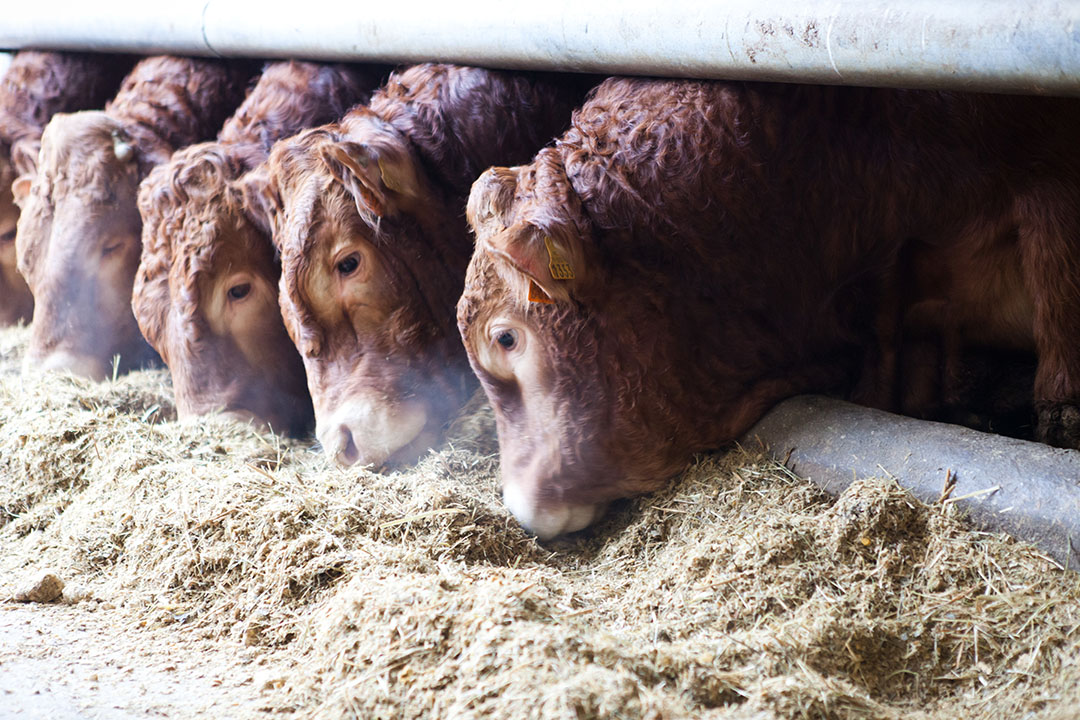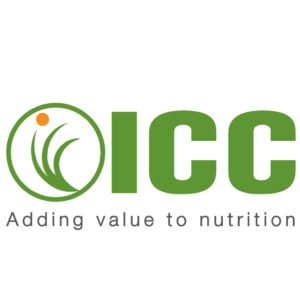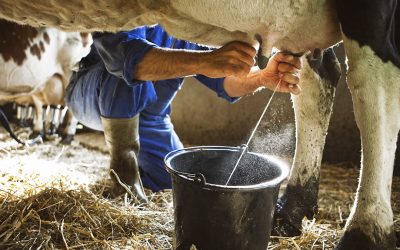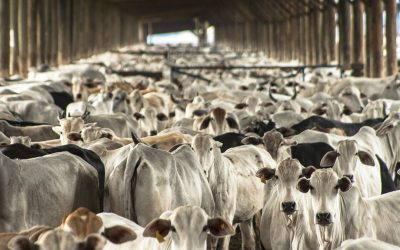Decreasing respiratory diseases in cattle in feedlots

The combination of proper rumen nutrition that strengthens the animal’s immune system results in a better and more efficient response against the challenges encountered in the field that affect the cattle, especially in the adaptation phase. RumenYeast provides these benefits, enables quality and natural supplementation, a key factor to conquer an increasingly demanding consumer market.
Currently, there is an increasing trend in finishing cattle in feedlots because cattle may be slaughtered at an early age, there is greater carcass yield, better quality meat, the possibility of intensive exploitation on small properties, and a faster return on working capital invested in fattening. However, this production trend causes some changes in handling, including animal transport, diet alterations, and crowding of animals in more restricted spaces, all of which generally result in performance and immunity deficits that favour the occurrence of diseases.
Economic losses from respiratory diseases
Among these diseases, the respiratory ones are most common in cattle in feedlots; they represent 56% of diseases, both in Brazil and abroad. Such diseases cause decreased feed efficiency, including increased production costs due to loss of herd health, poorer carcass quality, and even animal death. These deficits produce notable annual economic losses.
In an attempt to minimise respiratory diseases, feed additives have been studied. The use of yeast as additives stands out; recent government restrictions from the European Union and the United States have banned the use of performance-enhancing antibiotics in animal feed, such as monensin.
The benefits of yeast
The use of yeast as food additives can help the rumen microbiota, strengthening the immune system and reducing pathogen contamination, also contribute to the animal’s overall health and response to the problem. When used in fragments, they supply amino acids, peptides, beta-glucans, and mannan-oligosaccharides to the rumen environment. While some of these nutrients are used to multiply rumen microorganisms, thus increasing diet fermentation, other nutrients will be absorbed. This latter event will trigger the immune response and, consequently, increase the efficiency of leucocytes (white blood cells) to combat infectious agents.
The yeast has been widely used in ruminant nutrition as a functional feed additive, and there is extensive literature proven its benefits. RumenYeast, produced by the Brazilian company, ICC, is pure Saccharomyces cerevisiae yeast originating from sugarcane fermentation process for ethanol production, undergoes through autolysis (cell membrane disruption) where the intracellular content is released. The final product is highly digestible because also contains amino acids, peptides, and polypeptides of short-chain, glutamic acid, and the presence of the yeast cell wall, mainly composed by mannan oligosaccharides (MOS) and high levels of β-glucans.
Results from field trails
Given these factors, a study was performed at the Confinamento do Núcleo de Produção Animal Nupran (Feedlot of the Animal Production Center), Universidade Estadual do Centro Oeste, Cedeteg, Guarapuava, Paraná, Brazil. 36 unneutered steers (half Angus blood), with an initial average weight of 350kg and initial average age of 11 months, were distributed into 3 treatments:
- Control – diet without yeast
- Lev 4 – diet with yeast (4g of RumenYeast per animal per day)
- Lev 7 – diet with yeast (7g of RumenYeast)
Animals were assessed over 105 days on a feedlot.
During this period, more specifically, from day 42 in the feedlot, more animals without yeast supplementation presented nasal discharge (Figure 1) and higher orbital temperature (Figure 2) when compared to supplemented groups.
Effects of yeast supplementation
While higher orbital temperature indicates inflammation in that region or fever, whitish nasal discharge indicates a bacterial infection in the upper respiratory tract, i.e., nostrils, pharynx and trachea, or in the lower respiratory tract, i.e., the lungs. Considering that the main causes of fever in cattle in feedlots are anaplasmosis or respiratory diseases (and that only respiratory diseases cause whitish nasal discharge, see Image 1), the study showed that animals that were not supplemented with yeast had more respiratory diseases than the ones that were supplemented.

Next, blood tests were performed to determine whether this increase in the respiratory disease was due to decreased animal defence mechanisms. The blood cells (neutrophils) from animals that received yeast in the diet had a greater capacity to eliminate disease-causing agents, see Figure 3. Moreover, the lungs of animals were examined on the day of slaughter (Image 2). Animals that received autolysed yeast through the diet had less evidence of pneumonia than the control animals (Figure 4).

Improved lung health of animals
These results demonstrated that both 4g and 7g RumenYeast supplementation in the diet improved the lung health of the evaluated animals. However, 4g supplementation exhibited greater efficiency compared to 7g. This improvement in animal health may result in higher productivity, lower antibiotic costs for treating sick animals, lower bacterial resistance from incomplete treatments, and less disease transmission among animals in the feedlot.
References on request
Authors: Gabriela Garbossa, Gabriela Thomaz, Gabriel Bet Flores, Patrícia Rossi, Dailis Delazeri, Willi Horner, Mikael Neumann, Heloisa Godoi Bertagnon






